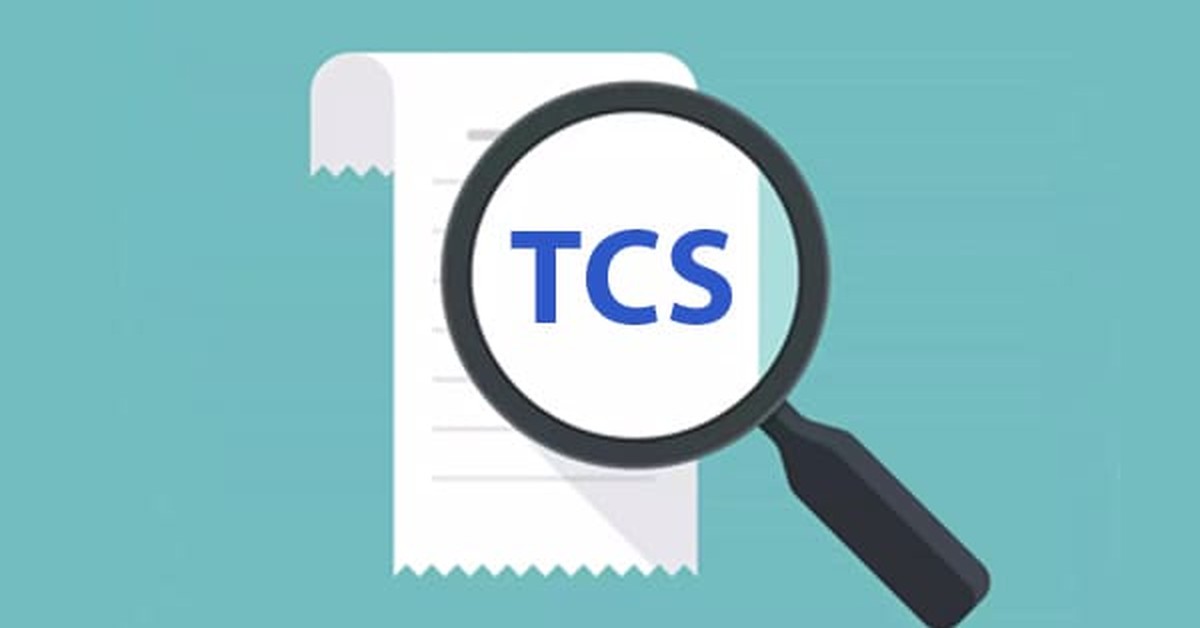The Union Budget 2023 proposed to increase the tax collection at source (TCS) for foreign remittances under the liberalised remittance scheme (LRS) from 5% to 20%. This means that parents may have to pay more money for their children studying abroad. The increased TCS will apply to foreign trips, investing overseas, sending money abroad, and other remittances except for education and medical purposes.
However, expenses that parents incur for maintaining their children who live overseas may not fall under the category of education expense with regards to taxation, and hence may attract higher TCS. For instance, any remittances towards meeting the living expenses (not a direct education expense) of students studying abroad will now face a TCS of 20%, if the parents fail to establish that the money has been sent for education purposes.

At present, under LRS, remittances made for foreign education, via an education loan paid abroad, attract a TCS of 0.5% for the amount transferred beyond Rs 7 lakh. This will not change going forward either. However, if the source of funding is not education loan, then money remitted overseas even for the purpose of education attracts TCS at 5% if the amount is above Rs 7 lakh.
To send money abroad under LRS, one has to go to the bank, fill up an A-2 form and specify the purpose of the remittance and sign the declaration form. The bank then debits it from the account and remits it abroad. If a parent cannot establish that the fund is being sent to his or her child's overseas education, then the money will be transferred for the 'other purpose,' and a hefty TCS of 20% will apply.
Transactions between two bank accounts, through debit and forex cards also come under the LRS scheme. However, there is a lack of clarity on how TCS will apply to money remitted abroad via forex cards.
The increase from 5% to 20% in the rate of TCS would significantly increase the burden on any person remitting funds under the LRS scheme, even though the amount of TCS will be available for adjustment against the tax liability. Taxpayers can offset the amount deducted as TCS against other tax liabilities while filing the income tax return. However, it will be a cash flow issue as credit of TCS recovered from them can only be claimed in the tax return (either as an adjustment of tax or as a refund of tax).
The proposal will come into effect from July 1, 2023. Parents can transfer some funds in advance till then to avoid high TCS. The TCS hike will increase the cash flow burden temporarily, but taxpayers will get a deduction/refund of this amount while filing ITR. However, this move may impact the cash flow and might not be encouraging for people to take advantage of LRS.
The author is a Chartered Accountant with 2 decades of experience into Accounting, Taxation, Auditing, Risk & Compliance, Credit Controls, Due diligence. Currently author is founder and managing partner at RRL Global services.







 CAclubindia
CAclubindia
